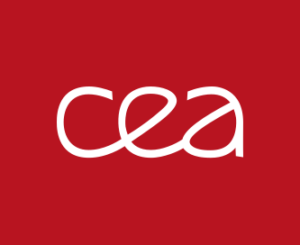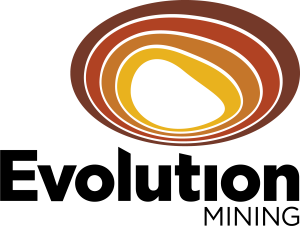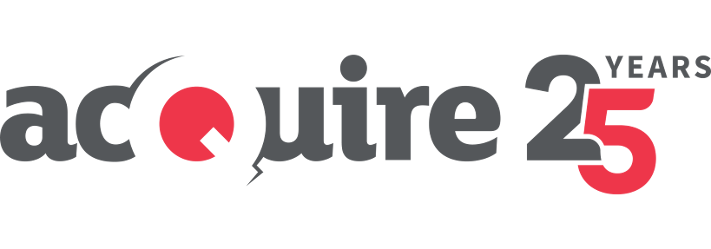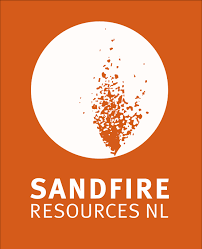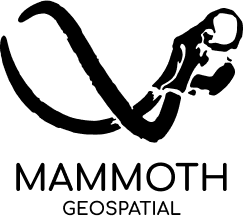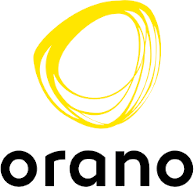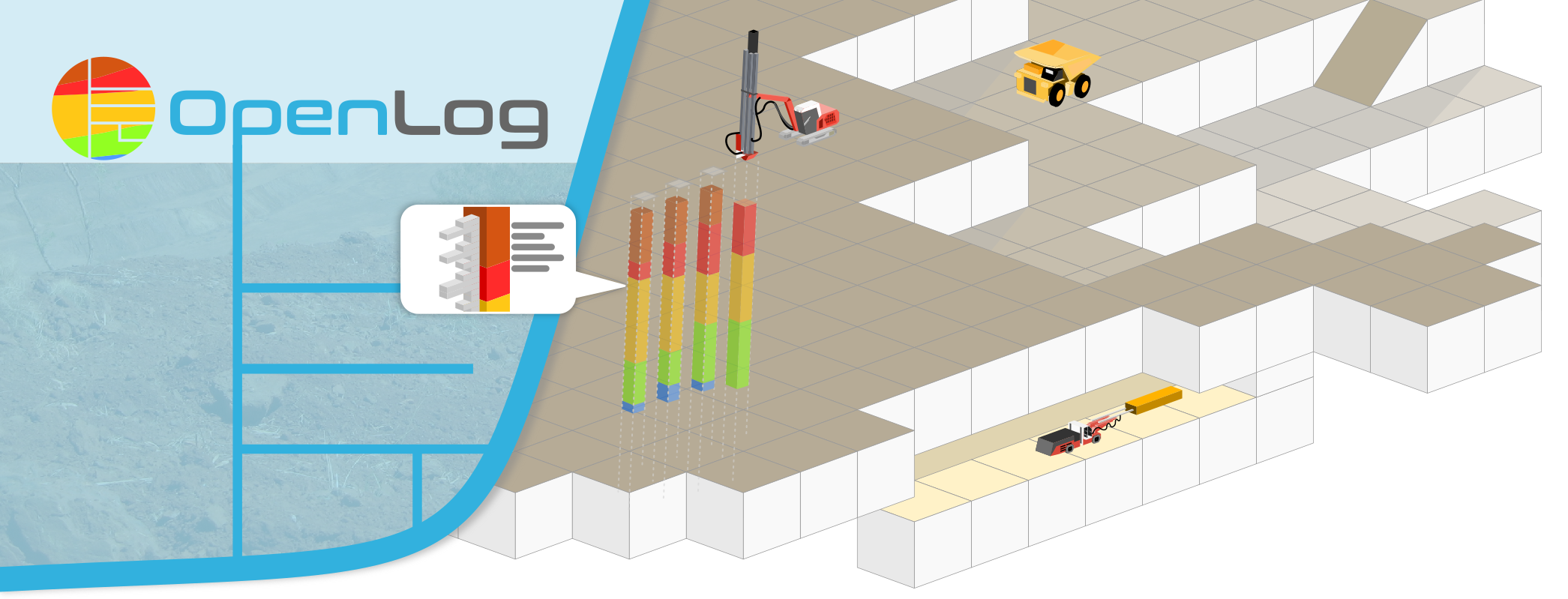Development of an Open Source drillhole visualization and editing module in QGIS
Mining industry professionals are in natural need of GIS solutions for drillhole visualization, management, and edition.
In partnership with a team of mining industry leaders, Apeiron has undertaken the development of OpenLog: a fit-for-purpose high performance drillhole visualization QGIS plugin.
Check out OpenLog’s documentation and repository or simply navigate to the QGIS Plugin Manager and install it right away!
Looking for a detailed view of upcoming features ?
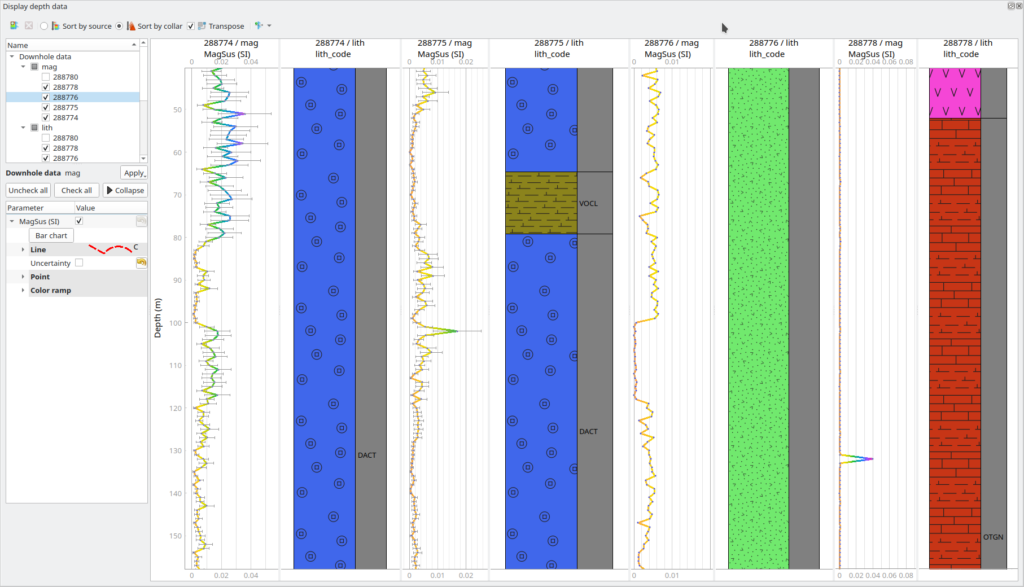
Logs
- Display time and depth domain data series
- Combine numerical, categorical, interval types
- Explore your data with a comprehensive suite of symbology options
Cross-sections
- Digitize cross-section traces freely
- Project drillhole paths and color coded data series onto the section plane

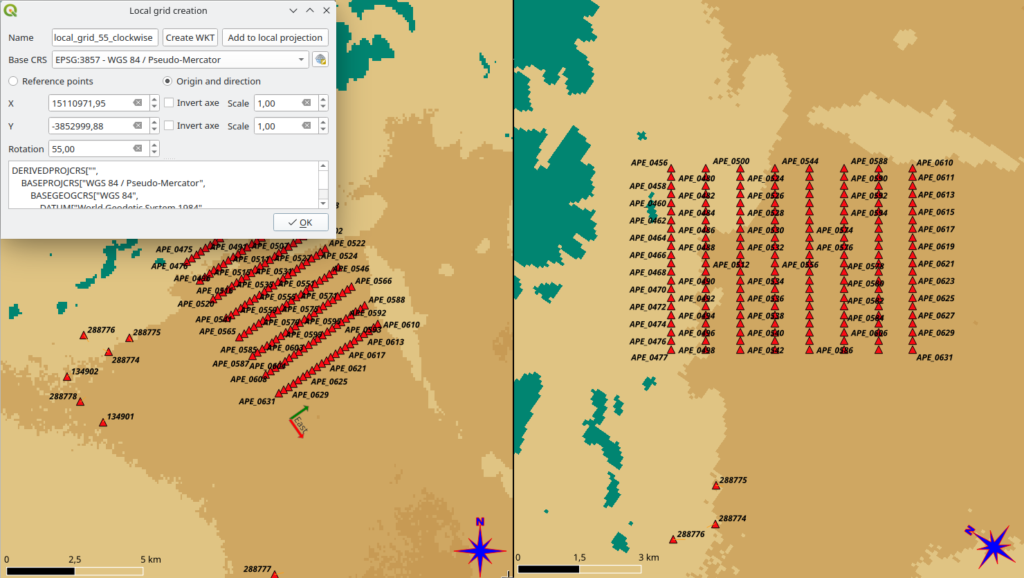
Planning
- Setup your collar placement more efficiently with OpenLog’s customized point grid wizard
- Define your own local CRS to line up with relevant structures
Database
- Leverage the flexibility of the xplordb schema, your data is not locked behind paywalls
- Secure you data using the latest PostgreSQL/PostGIS in a client-server configuration, or
- Package deliverables easily with Spatialite in a single structured file
- Either way, benefit from the improved performance and reliability of a true geospatial database
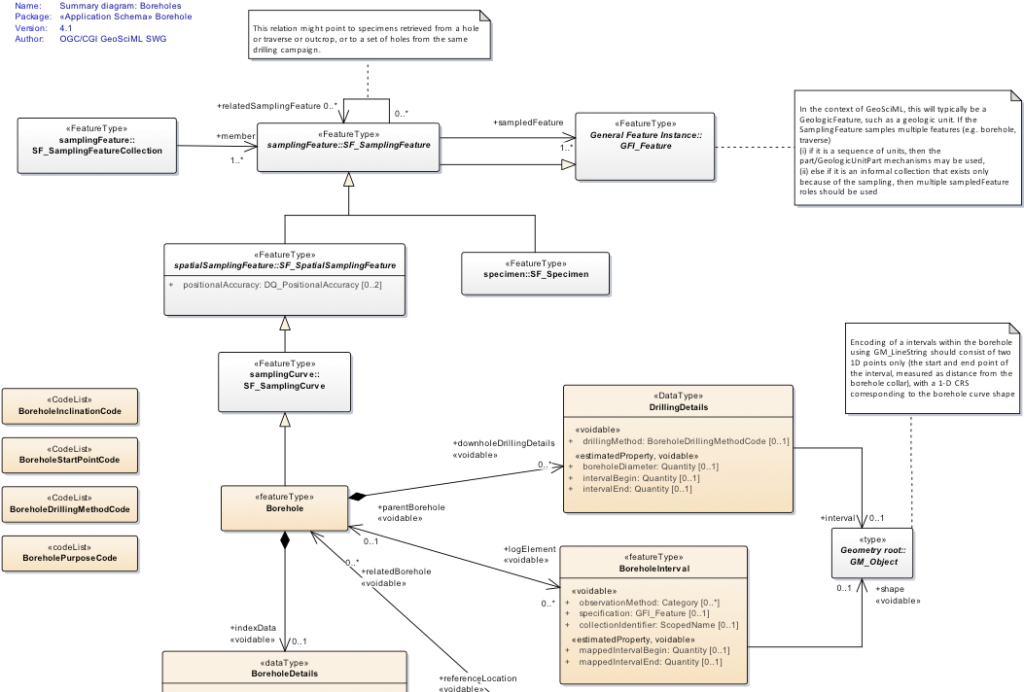
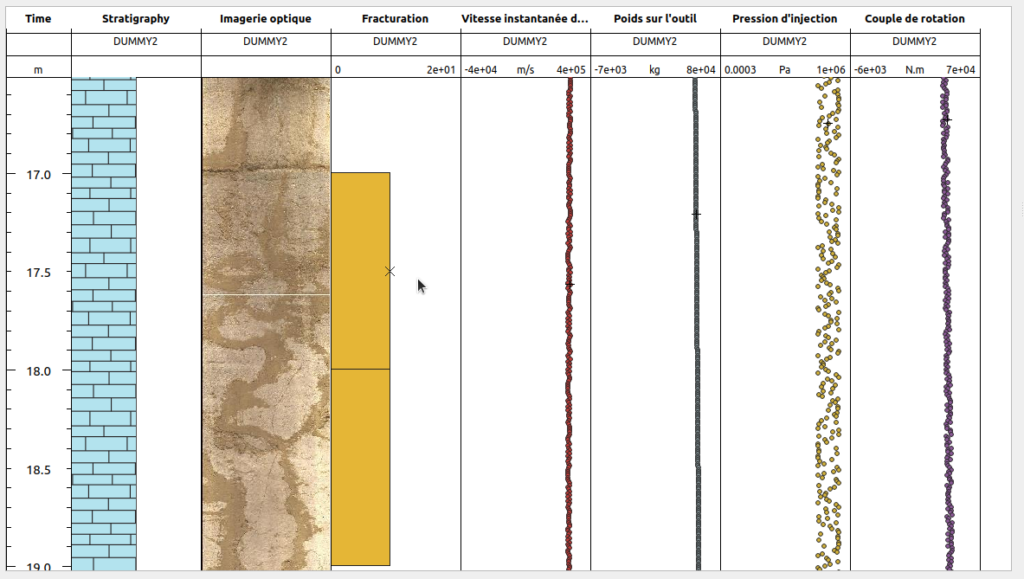
Core Imagery
- Import core imagery files into xplordb
- Display core imagery in log viewer
SI and Imperial units
- Import any combination of units
- Rescale graphs according to conversions
- Secure data in base SI units
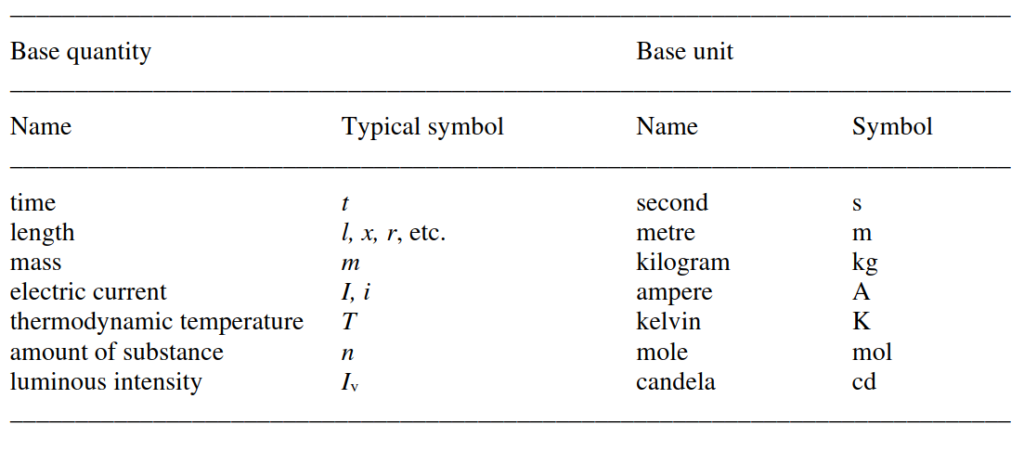
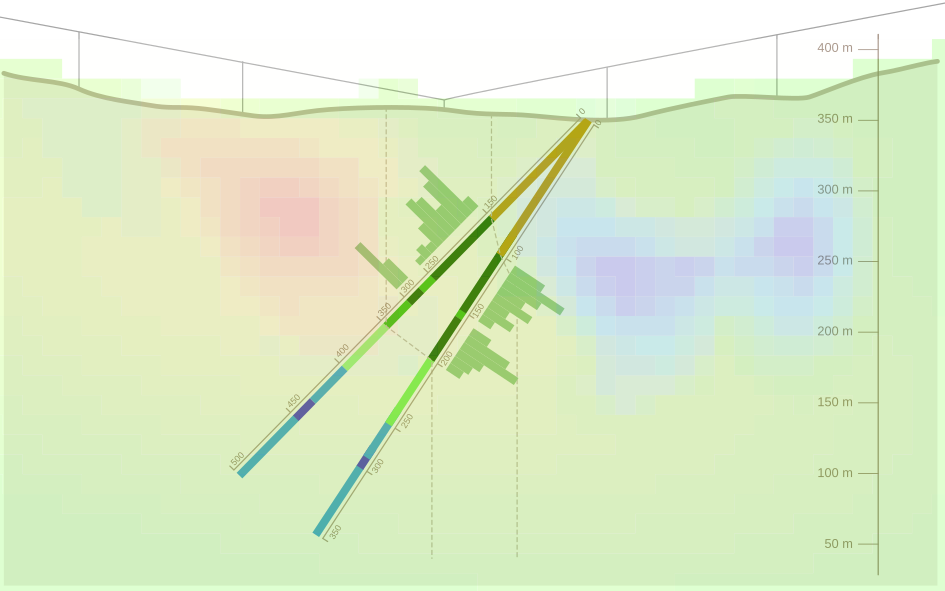
Enriched cross-sections
- Depict multiple DTM outlines
- Project 3D grid slices
- Draw over cross-sections
- Show depth markers
More 3D
- Design multiple cross-sections
- Render 3D grids
- Project imagery onto sections
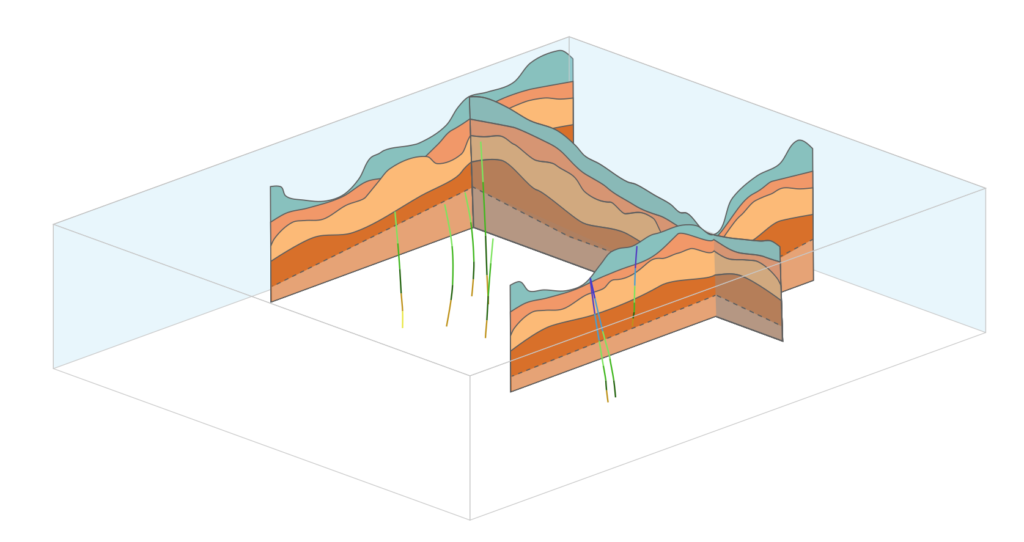
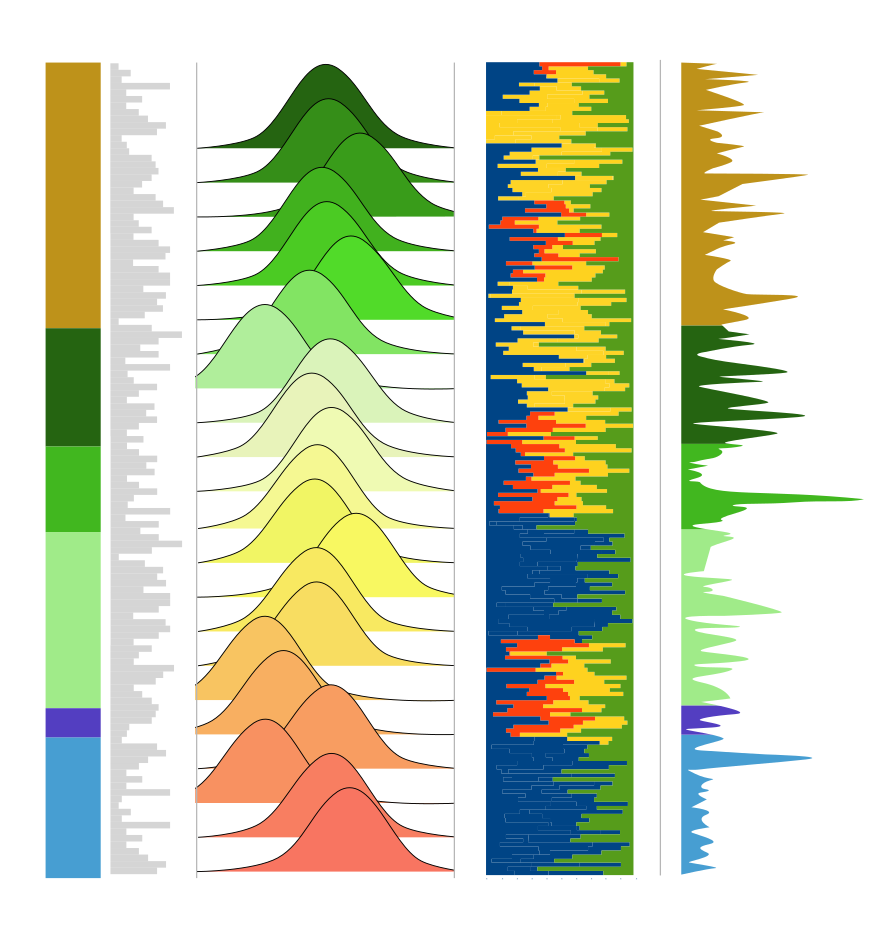
Advanced logs
- Switch between Depth and Length
- Reorder graphs freely or geographically
- Compare with dual axis charts
- Display complex data with ridgeline and stacked charts
- Cross-correlate series and drillholes
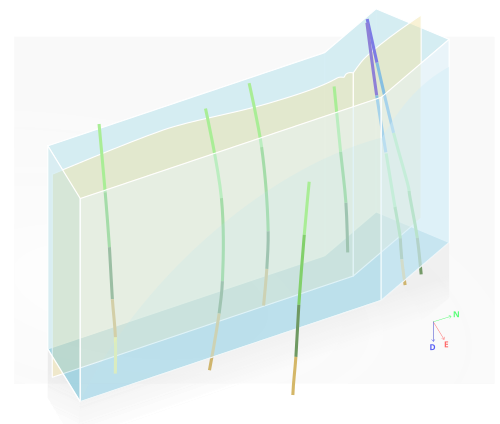
3D view
- Display arbitrary drillhole traces
- Propagate log and cross-section symbology
- Set bounding box via map digitization
- Visualize cross-section geometry
Structural data support
- Display planes and lines over bar charts and stereonets
- Distinguish between planned and effective surveys
- QC data on import
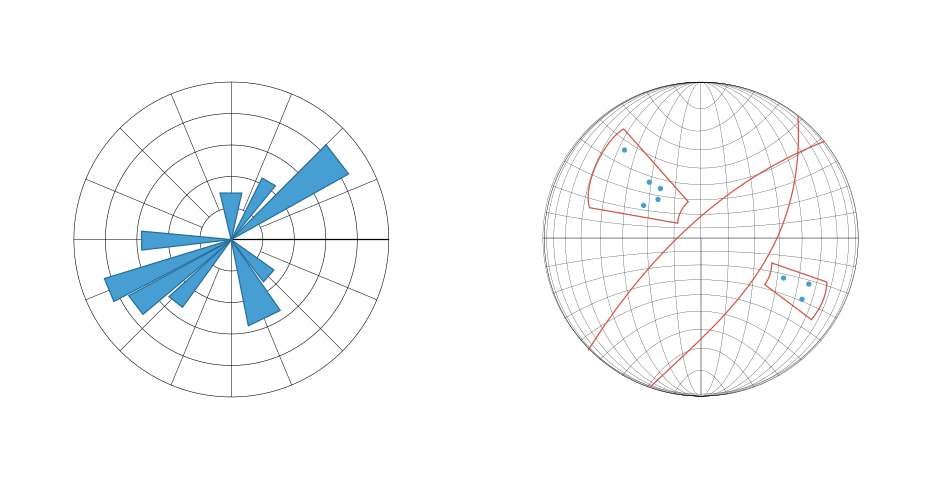
Sponsor us!
Individual contributor
Join the ranks of OpenLog supporters with options for individual sponsorship up to USD 5000.
- Early access to new releases
- Vote for new features
- Hall of fame entry (optional)
Industry partner
Join the OpenLog consortium and sit at the board to influence OpenLog’s future. All of the Individual partner advantages plus…
- Priority handling of reported issues
- Propose features, select up to 3
- Customized demos for major releases
Our partners
